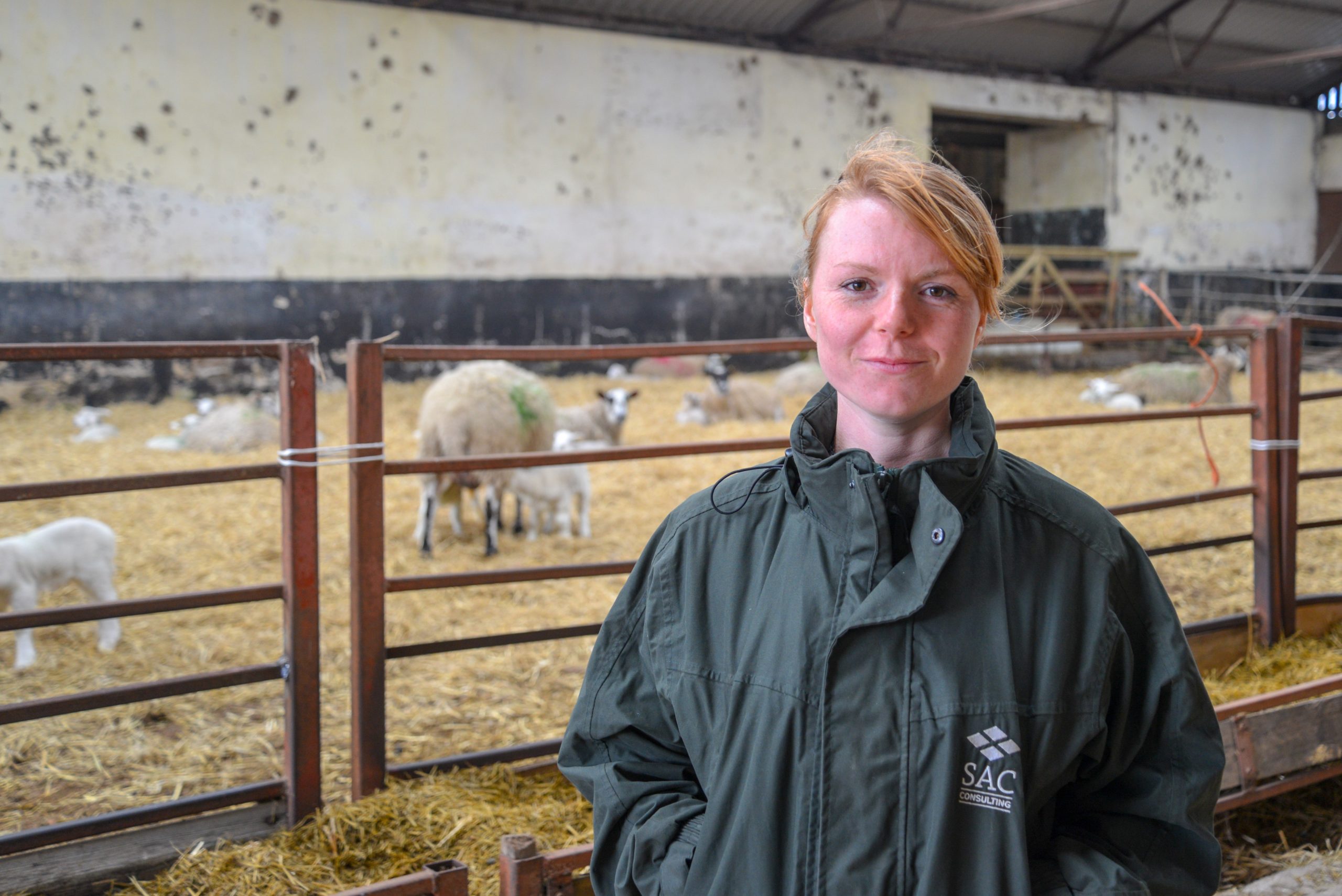Grassland management and natural aids to worm control can hold a key to keeping costs down, a webinar entitled Reducing Flock Input was told.
The online audience at the event, organised by SAC Consulting, part of Scotland’s Rural College, learnt how proactive pasture management – in particular rotational grazing – can have a positive impact on farm balance sheets.
Poppy Frater, SAC’s Sheep and Grassland Specialist, said: “Farmers are being tested like never before with unpredictable weather and rising costs.
“If they can manage to reduce farm inputs – costs essentially – they can start to take more control of their profit margins. A primary way of doing this is to grow more grass.”
Rotational grazing was Poppy’s number one tip for reducing costs while increasing output, saying one farmer she works with has calculated feed and fertiliser savings of £10,000 a year through switching to a rotational grazing system. She also recommended:
Monitor sward height, moving sheep into pasture standing at 8cm and targeting to move them onto new grazing at 5cm.
Follow-on from sheep with cattle or a topper to reset the sward and encourage new growth.
Sow multispecies grass mixes and herbs as they naturally boost lamb weaning weights by 2kg-4kg compared to ryegrass alone. Also improve soil quality with natural nitrogen and root systems.
If land is not too wet consider a pre-lambing rotation, as eating grass down at this time of year is proven to boost growth for when it’s needed post-lambing.
The webinar revealed further interesting research about the natural parasitic control properties found in the tannin compounds in some grazing species such as chicory. This can inhibit larvae and reduce the need to worm, therefore cutting inputs; Poppy gave an example of one flock where lambs grazed on this type of sward needing fewer hands-on checks and treatments in the run-up to slaughter, another cost reduction.
This topic was rounded off by vet Mike Evans, of the University of Edinburgh’s Royal (Dick) School of Veterinary Studies.
“Milder, wetter winters mean more worm larvae are surviving on pasture and getting an earlier start in spring,” he revealed.
“Then hotter summers promote quicker development, while summer droughts followed by heavy rain bring about a sudden release of larvae onto pasture – worms can move and survive in water.”
Mike also revealed how worms climb from the bottom of grasses to the top, with the aim of getting eaten by grazing animals.
“Mixed species of grass, giving varied sward heights, are all tools in the fight against worms,” he said. “Central to this is improved rotation, getting lambs moved off pasture before the larvae have had time to develop and not putting them back on until they have died.”
Three months was flagged up as a guideline timeline for fields to be clean of worms. Faecal egg testing – to see which animals actually need worming – was also highlighted as an important tool.
“Most farmers hate waste and it doesn’t make sense to be dosing a whole batch of lambs when only a third need it,” explained Mike, who added that going forwards, selecting ewe lambs who have shown signs of worm resistance makes absolute sense.
Proactive stockmanship – keeping a watchful eye out for signs of worm infestation and regular weighing – were also nominated as cornerstones of reducing flock inputs.SAC Consulting runs an annual series of free Lamb Crop webinars.
Catch up on them on the SAC YouTube channel: https://www.youtube.com/watch?v=TYyRlZwsH2U&list=PLyrWompPXFtyO8NuCRCjJcx8H_mZWZKRv&index=2

